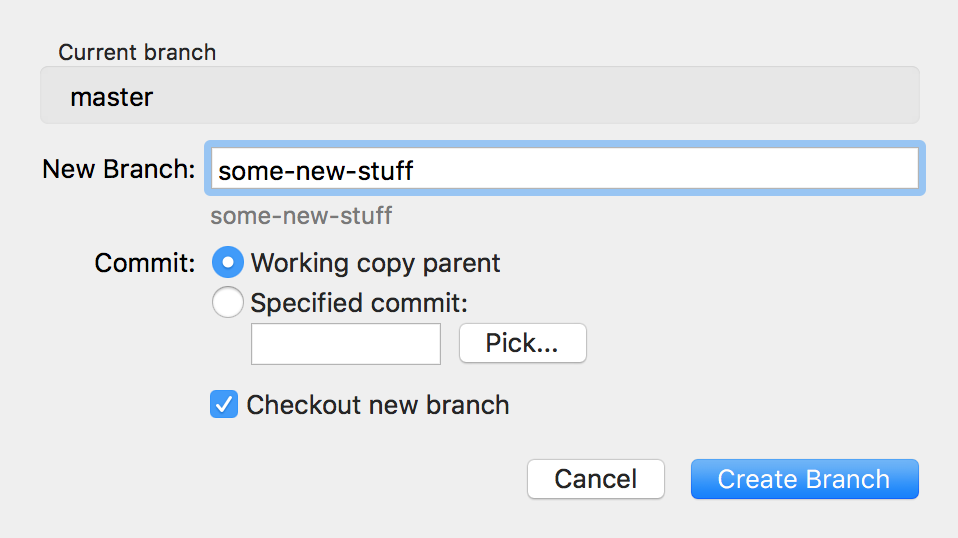
To assign an individual or team as reviewers, use the -reviewer flag. To add the new pull request to a specific project, use the -project flag. gh pr create -label "bug,help wanted" -milestone octocat-milestone To add a labels or milestones to the new pull request, use the -label and -milestone flags. To mark a pull request as a draft, use the -draft flag. gh pr create -title "The bug is fixed" -body "Everything works again" To include a title and body for the new pull request, use the -title and -body flags. gh pr create -base my-base-branch -head my-changed-branch To specify the branch that contains commits for your pull request, use the -head or -H flags. gh pr create -assignee specify the branch into which you want the pull request merged, use the -base or -B flags. You can use to self-assign the pull request. To assign a pull request to an individual, use the -assignee or -a flags. To create a pull request, use the gh pr create subcommand. To learn more about GitHub CLI, see " About GitHub CLI."
#Git create branch from a branch update
When you change any of the information in the branch range, the Commit and Files changed preview areas will update to show your new range. Everyone that can push to the base repository will receive an email notification and see the new pull request in their dashboard the next time they sign in. When you change the base repository, you also change notifications for the pull request. When thinking about branches, remember that the base branch is where changes should be applied, the head branch contains what you would like to be applied. References here must be branch names in your GitHub repository. You can also swap your head and base branches with the drop-down lists to establish diffs between reference points. If the default parent repository isn't correct, you can change both the parent repository and the branch with the drop-down lists. For more information, see " About branches." For more information, see " Linking a pull request to an issue." Changing the branch range and destination repositoryīy default, pull requests are based on the parent repository's default branch.


You can link a pull request to an issue to show that a fix is in progress and to automatically close the issue when someone merges the pull request. Our website is live and online, but we would like to add a new feature, let's say a shopping cart so our customers can start buying our product.Note: To open a pull request in a public repository, you must have write access to the head or the source branch or, for organization-owned repositories, you must be a member of the organization that owns the repository to open a pull request. Let's now look at using these commands in the context of maintaining and improving our site. Finally, merge brings two different branches into one, effectively creating a single version of your site from two different versions. Checkout is the process of switching from one branch to another, so you don't make changes to the wrong version of your site. A branch is essentially a version of your app that can work on, for example a development or bug fix branch. In this guide we are going to cover 3 commands - branch, checkout and merge. In this guide we will cover the concepts of branching and merging using Git as our version control system in the examples covered. If you're working on a new feature, or pushing a bug fix to your site, branching is a great way to ensure you don't cause any issues with your main version.


 0 kommentar(er)
0 kommentar(er)
